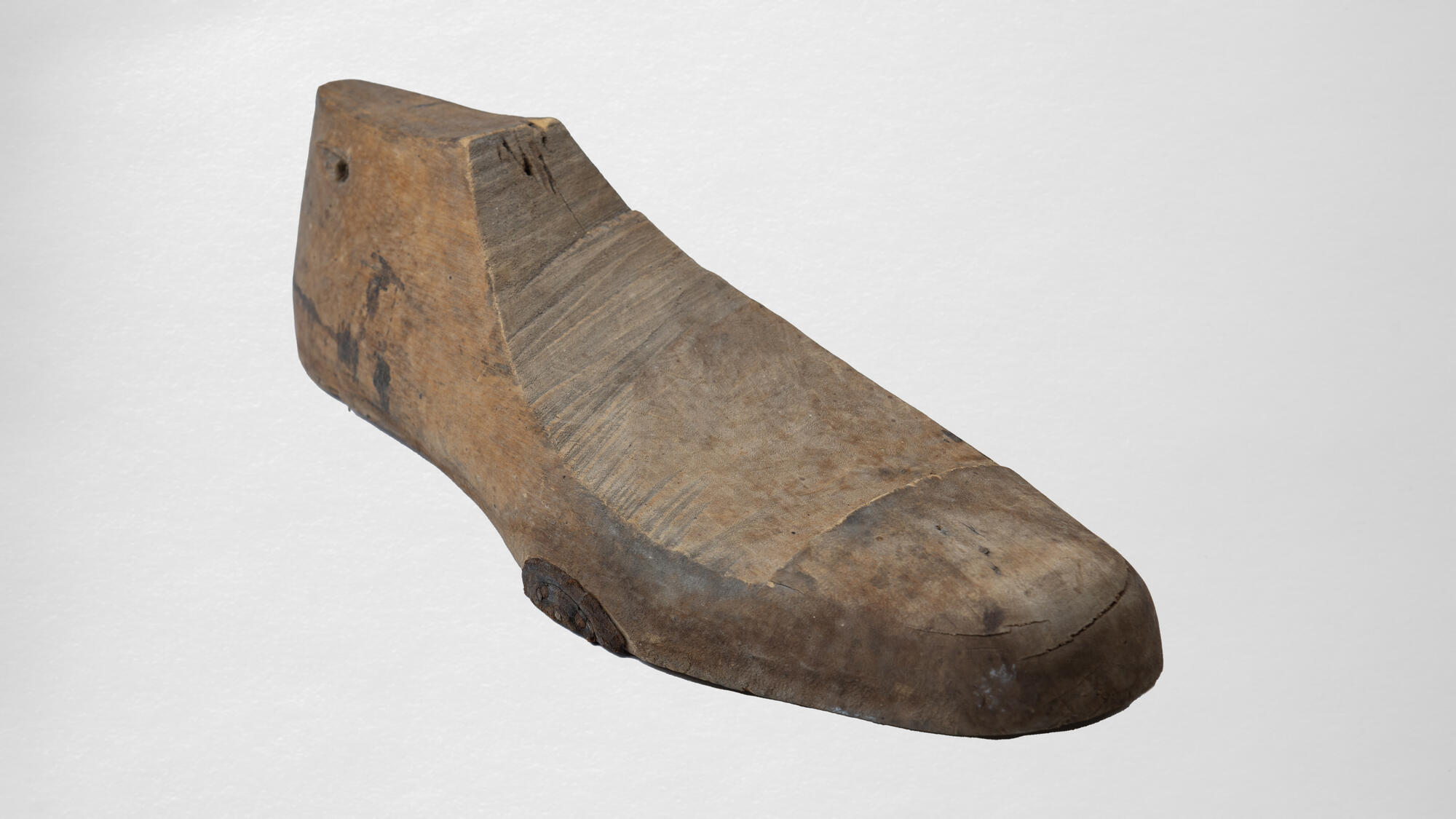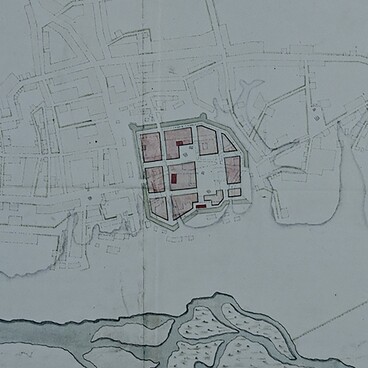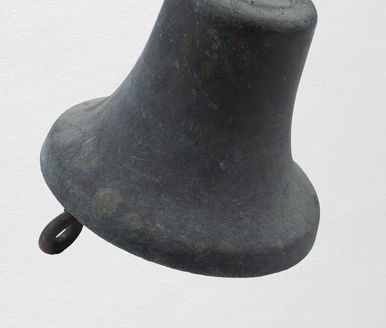A boot last is an important tool of Pogar shoemakers (in Pogar they were called in the Ukrainian manner, i.e. shavtsy). It is the boot last that determines the final appearance of the shoe and how comfortable it will be. Shoemakers sewed leather boots using such boot lasts. According to the Ukrainian historian Aleksandr Lazarevsky, the Pogar craftsmen’s goods could be bought in different cities of Little Russia, Great Russia, and even in other countries. Lazarevsky described fairs with the products of craftsmen from Pogar in his multi-volume work “Description of the Old Little Russia”.
Boot lasts varied in size from small children’s to large men’s lasts. They also had different designs. There were one-piece devices and collapsible ones. The latter had separate parts for the toe and heel. This design allowed better retention of material during sewing. Until the mid-19th century, the same boot lasts were usually used for the right and left feet, so shoes could be worn on either foot.
Shapovaly, that is craftsmen who milled hats of wool, also used lasts in their work. Shapovaly were also organized into craft guilds. It is known that the Pogar shavtsy (shoemaker) guild with 60 shoemakers and 21 tanners was one of the biggest in 1780. In the early 19th century, the shoemaker guild in Pogar became even bigger and consisted of 89 families — 203 men and 230 women.
St. Athanasius is considered the patron of shoemakers, so they attended the church that was consecrated in the name of this saint. Craftsmen joined fraternities that had their own banners and khorugvs — large cloths with the images of saints mounted on long poles. Craftsmen managed church property along with the priest, acquired fraternal dwellings in which they held meetings and feast days of saints. Craftsmen opened schools at church for children and almshouses “to look after the poor and the crippled, who live on alms.” This tradition with the workshop in Pogar existed up to the mid-19th century.
Boot lasts varied in size from small children’s to large men’s lasts. They also had different designs. There were one-piece devices and collapsible ones. The latter had separate parts for the toe and heel. This design allowed better retention of material during sewing. Until the mid-19th century, the same boot lasts were usually used for the right and left feet, so shoes could be worn on either foot.
Shapovaly, that is craftsmen who milled hats of wool, also used lasts in their work. Shapovaly were also organized into craft guilds. It is known that the Pogar shavtsy (shoemaker) guild with 60 shoemakers and 21 tanners was one of the biggest in 1780. In the early 19th century, the shoemaker guild in Pogar became even bigger and consisted of 89 families — 203 men and 230 women.
St. Athanasius is considered the patron of shoemakers, so they attended the church that was consecrated in the name of this saint. Craftsmen joined fraternities that had their own banners and khorugvs — large cloths with the images of saints mounted on long poles. Craftsmen managed church property along with the priest, acquired fraternal dwellings in which they held meetings and feast days of saints. Craftsmen opened schools at church for children and almshouses “to look after the poor and the crippled, who live on alms.” This tradition with the workshop in Pogar existed up to the mid-19th century.



